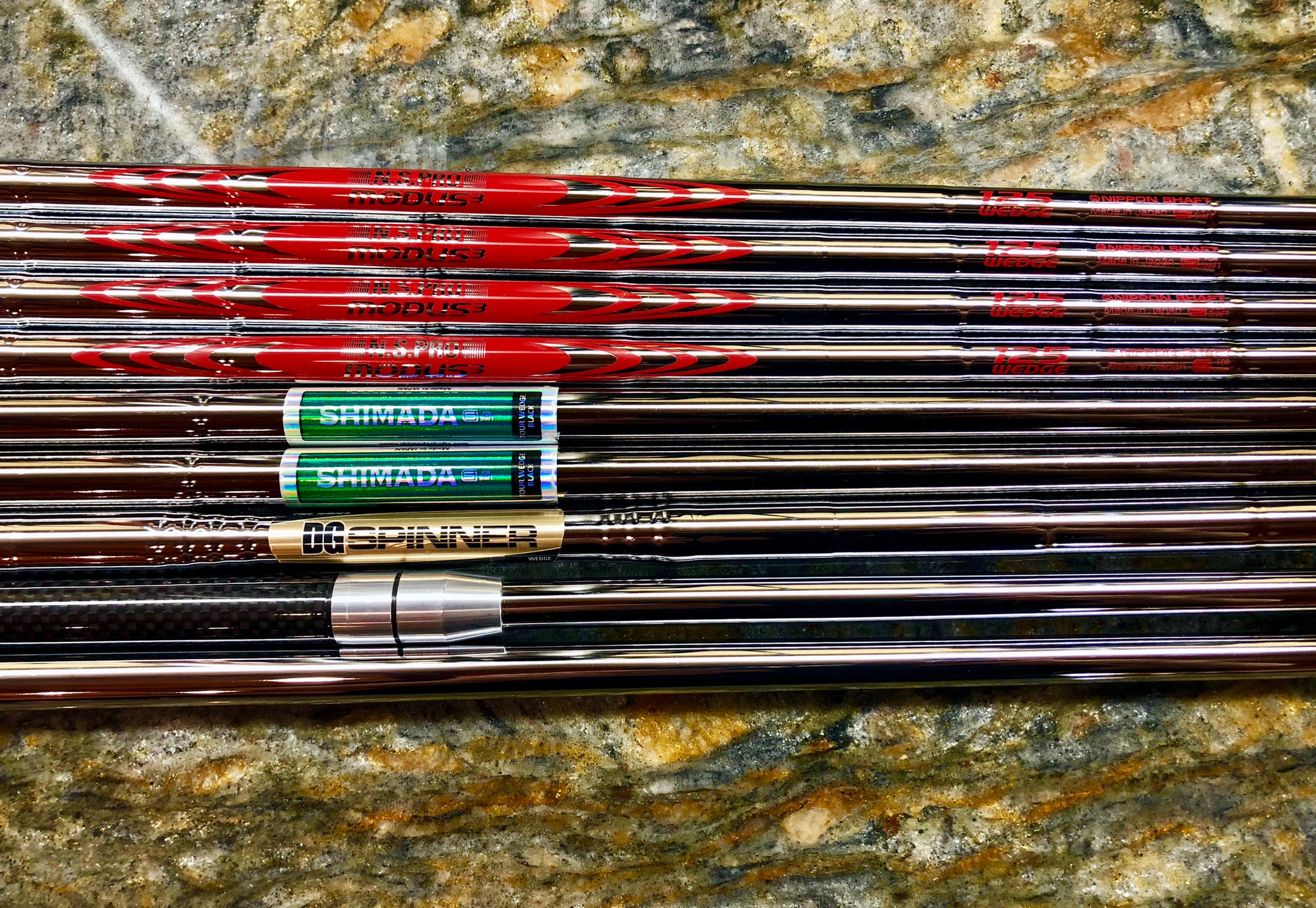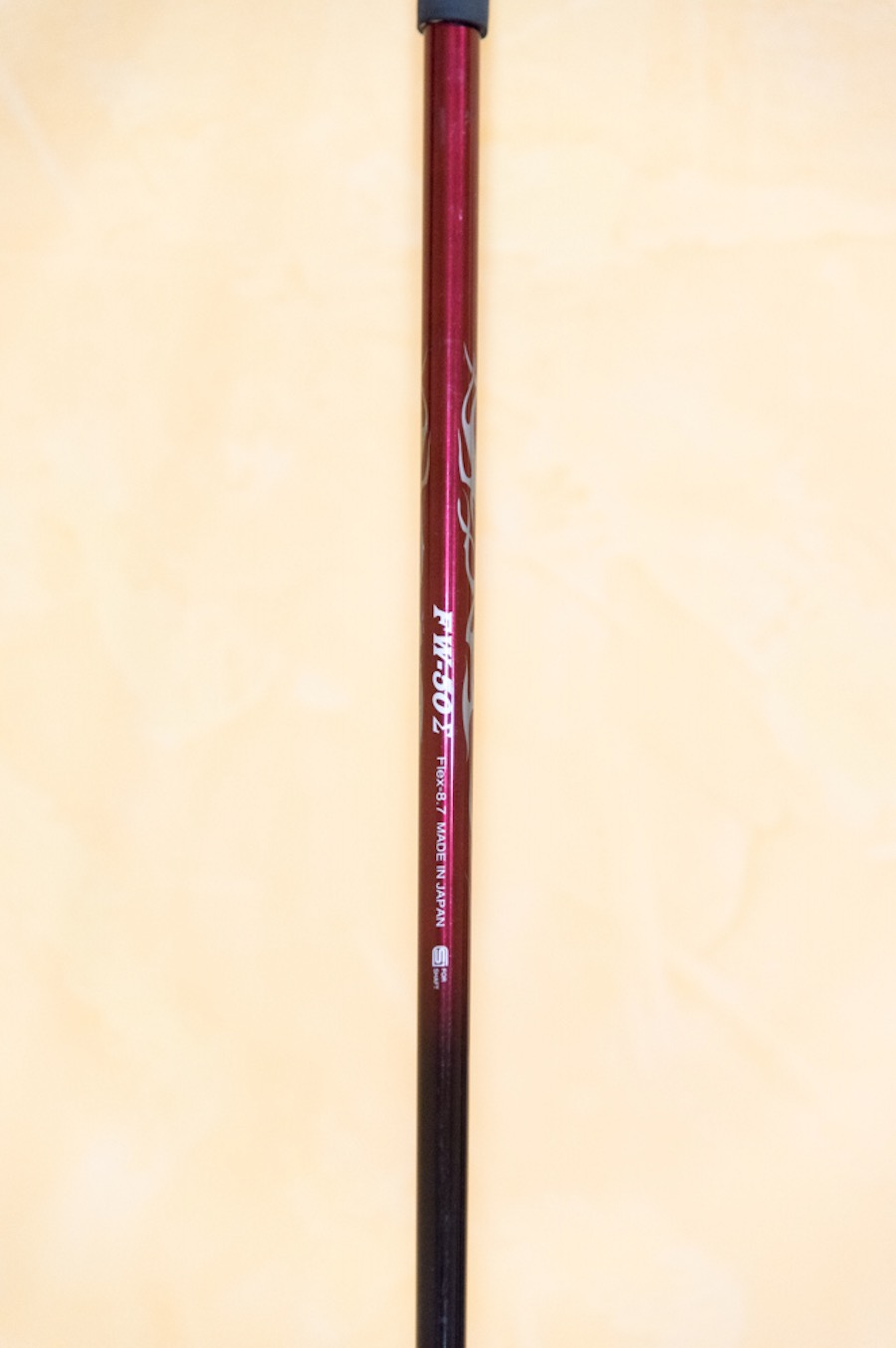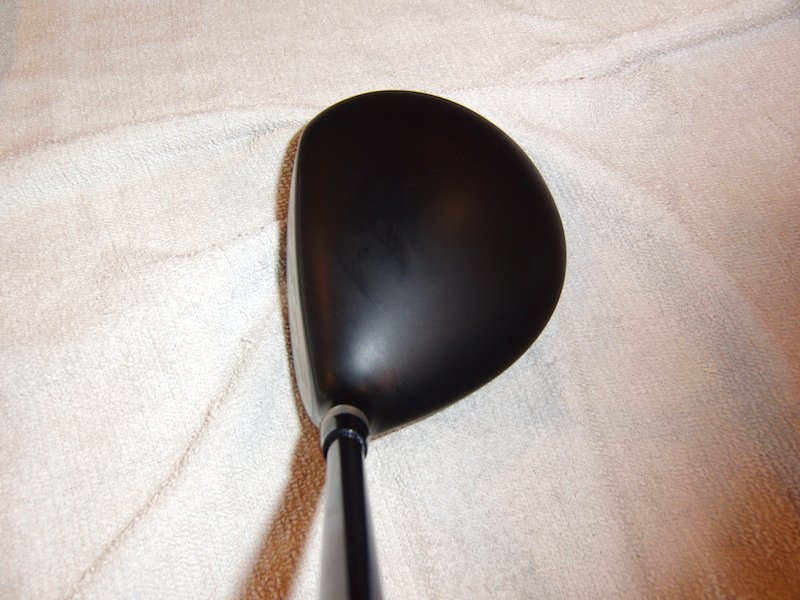#Shafts
-
For Sale - Vokey Cold Forged Wedge Set. Epon Tour Wedge 60*, Seven Original 64* Wedge, Shimada, Modus Wedge shafts, putter shafts, etc
 Mjr. D ·
Mjr. D ·- 7 comments
- 2355 views
-
Selling - Beautiful, premium shafts, putters, drivers, etc.
 Mjr. D ·
Mjr. D ·- 2 comments
- 1327 views
-
great article on shaft issues and characteristics
- 8 comments
- 3103 views
-
What come close to Seven Dreamers shaft's
- 11 comments
- 1994 views
-
Matrix Ozik Program F15 120 Stiff
- 1 comment
- 827 views
-
S Yard 380 and TT Monaco

-
Oban Kiyoshi White/Black 65, 75, and Hybrid in 04 Stiff Flex.
- 1 comment
- 695 views
-
Aerotech Steelfiber i95 - *New* - ALL SOLD

-
Nippon NS Pro Modus 3 Tour 120 in 'X' flex

- 7 comments
- 3599 views







